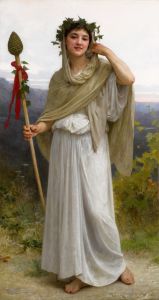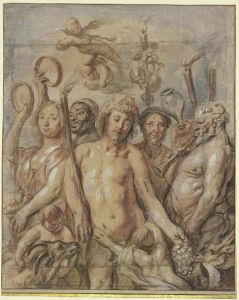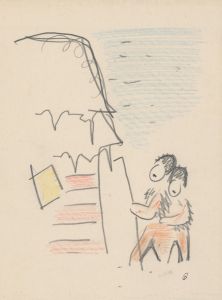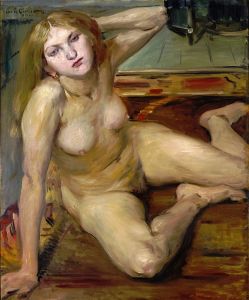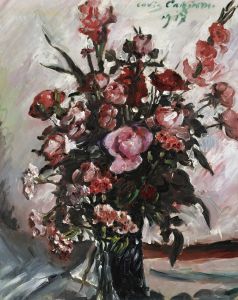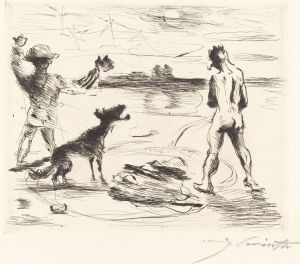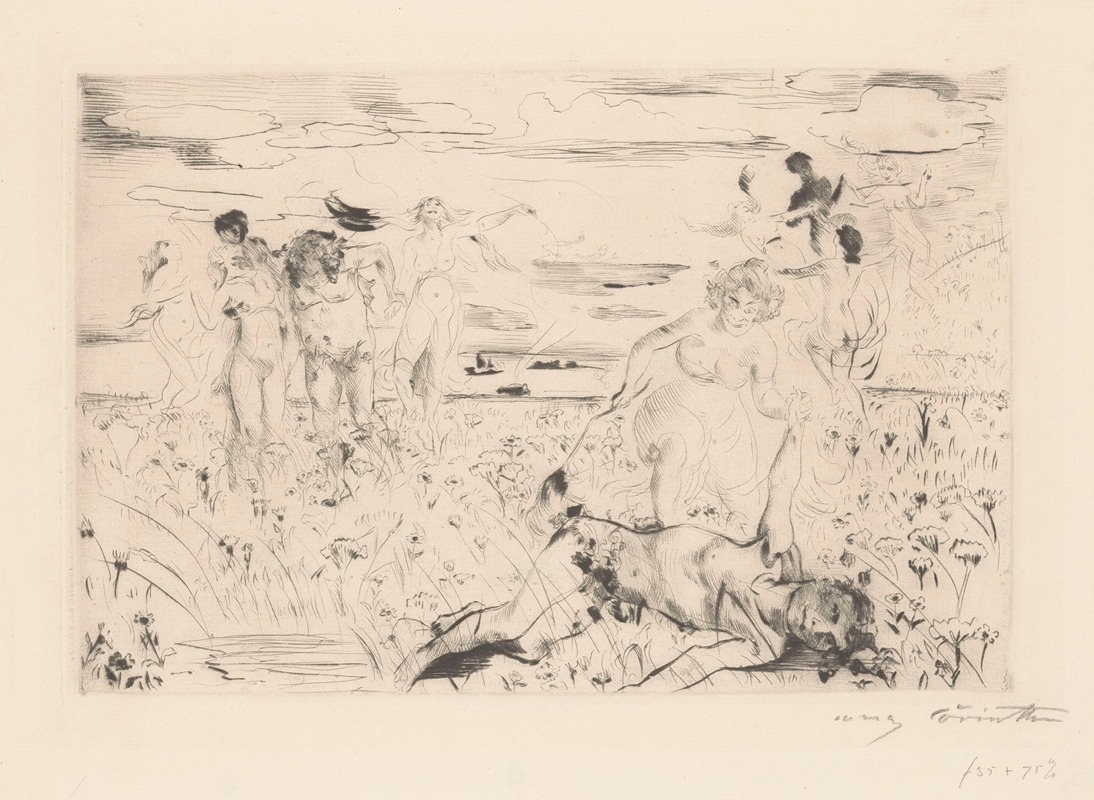
Uitgelaten bacchanten in een veld
A hand-painted replica of Lovis Corinth’s masterpiece Uitgelaten bacchanten in een veld, meticulously crafted by professional artists to capture the true essence of the original. Each piece is created with museum-quality canvas and rare mineral pigments, carefully painted by experienced artists with delicate brushstrokes and rich, layered colors to perfectly recreate the texture of the original artwork. Unlike machine-printed reproductions, this hand-painted version brings the painting to life, infused with the artist’s emotions and skill in every stroke. Whether for personal collection or home decoration, it instantly elevates the artistic atmosphere of any space.
Lovis Corinth was a prominent German painter and printmaker, associated with the transition from Impressionism to Expressionism in the late 19th and early 20th centuries. His work is known for its vigorous brushwork and vibrant color palette, often exploring themes of mythology, history, and the human condition. One of his notable works is "Uitgelaten bacchanten in een veld," which translates to "Exuberant Bacchantes in a Field."
This painting, created in 1898, reflects Corinth's interest in classical mythology, a common theme in his oeuvre. The bacchantes, or maenads, were female followers of Dionysus, the Greek god of wine, fertility, and ritual madness. They are often depicted in art and literature as engaging in frenzied, ecstatic dances and rituals, embodying the wild and untamed aspects of nature and human emotion.
In "Uitgelaten bacchanten in een veld," Corinth captures the essence of these mythological figures with dynamic composition and expressive brushwork. The painting portrays a group of bacchantes in a pastoral setting, their movements suggesting a sense of freedom and abandon. The use of vibrant colors and loose, energetic strokes conveys the intensity and vitality of their dance, reflecting Corinth's mastery in capturing movement and emotion on canvas.
Corinth's approach to this subject matter is indicative of his broader artistic style, which often combined elements of realism with more expressive, emotive techniques. His work during this period was influenced by both the Impressionist movement, with its focus on light and color, and the emerging Expressionist movement, which emphasized emotional experience over physical reality.
"Uitgelaten bacchanten in een veld" is a testament to Corinth's ability to blend these influences, creating a work that is both visually striking and rich in symbolic content. The painting not only showcases his technical skill but also his interest in exploring the complexities of human nature and the interplay between civilization and the primal forces of nature.
Throughout his career, Corinth's work evolved significantly, especially after a stroke in 1911, which affected his style and technique. However, his earlier works, including "Uitgelaten bacchanten in een veld," remain important examples of his contribution to the development of modern art in Germany.
Today, Lovis Corinth is regarded as one of the leading figures in German art of his time, and his works are held in high esteem in museums and collections worldwide. "Uitgelaten bacchanten in een veld" continues to be appreciated for its dynamic portrayal of mythological themes and its reflection of Corinth's unique artistic vision.





